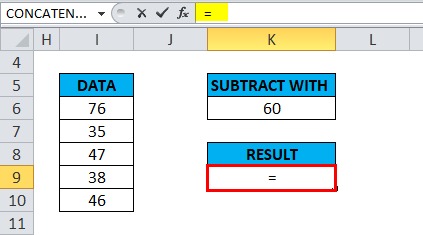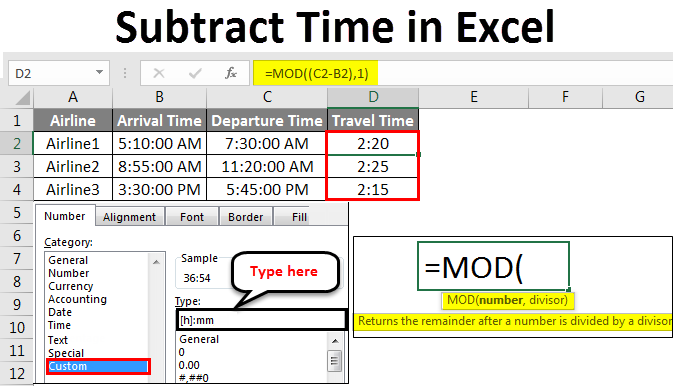

You can always ask an expert in the Excel Tech Community or get support in the Answers community. Type the amounts of your deposits and withdrawals into the empty rows directly below the existing data.įor instance, if you were using the example above, you would type the deposits into A4, A5, and so on, and the withdrawals into B4, B5, and so on.Įxtend the running balance formula into the new rows by selecting the last cell in the balance column and then double-clicking the fill handle.įor instance, if you were using the example above, you would select cell C3 and then double-click its fill handle to extend the formula into all new rows that contain deposit and withdrawal values. To maintain the running balance, add a row for each new entry by doing the following: Set up a worksheet like the following example.Ĭlick anywhere outside cell C3 to see the calculated total. For more information, see Calculate a running total in Excel.


If you used the example numbers, the result is -2.Note: A running balance differs from a running total (also called a running count), in which you watch the number of items in a worksheet add up as you enter new items. If you don't see the status bar, on the View menu, click Status Bar. On the status bar, look at the value next to Sum=. ie if cell b2 says 'gas, gift, entertainment' then subtract cell b3 from a4, or if cell b2 says 'direct deposit, atm deposit' add cell b3 and b4.

If you see a date instead of the result that you expected, select the cell, and then on the Home tab, under Number, click General on the pop-up menu. 05:25 AM Subtract if, add if I'm attempting to get excel to subtract/ add cell from another cell if a 3rd cell meets a criteria list. If you used the example numbers, the result is 2. In cell E1, type an equal sign ( =) to start the formula. When you use cell references in a formula instead of the cell value, you can change the value without having to change the formula. If you use the example numbers, the result is 32.Ī cell reference combines the column letter and row number, such as A1 or F345. The total is 86.Ĭlick any blank cell, and then type an equal sign ( =) to start a formula.Īfter the equal sign, type a few numbers that are separated by a minus sign (-). On the status bar, look at the value next to Sum. Type a few numbers in a column, or in a row, and then select the range of cells that you just filled. If you see a date instead of the result that you expected, select the cell, and then on the Home tab, select General. If you change the value of C1 or D1 and then press RETURN, the value of E1 will change, even though the formula did not.


 0 kommentar(er)
0 kommentar(er)
